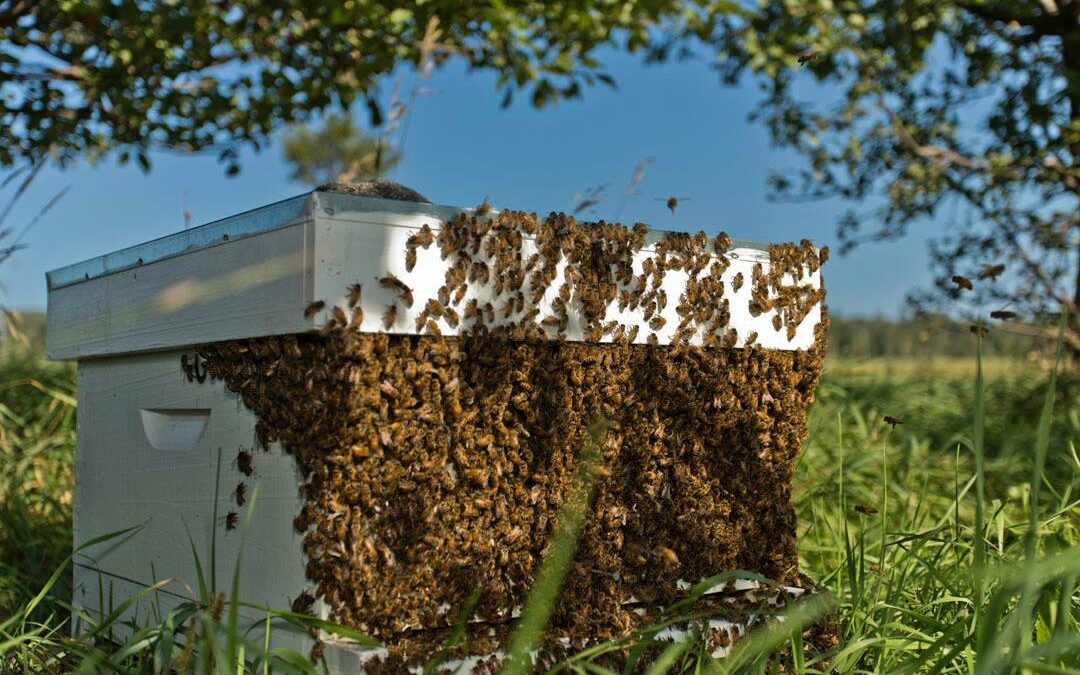In July, beekeeping in the Bay Area, California, requires a focus on maintaining hive health and ensuring the bees have adequate resources to thrive. Here are some key activities and considerations for managing your beehive during this month:
Hive Inspections
Regular hive inspections are crucial during July to monitor the health of your colony. Look for signs of disease, pests, and the overall condition of the queen. Ensure that the queen is present and laying eggs, as a strong queen is essential for a healthy hive. Check for signs of brood diseases such as American foulbrood or chalkbrood.
Honey Harvest
July is often a prime time for honey harvesting. By this time, many of the nectar flows in the Bay Area will have peaked, and your bees will have likely produced a significant amount of honey. Ensure that you leave enough honey for the bees to survive, especially considering the dearth that often occurs in late summer. Extracting honey requires careful handling to avoid harming the bees or contaminating the honey.
Swarm Prevention
Although the peak swarming season is typically in spring, swarming can still occur in July. To prevent swarming, ensure that the hive has enough space. If necessary, add supers to give the bees more room for honey storage. Regularly check for queen cells, and if you find any, take appropriate measures such as splitting the hive or removing the queen cells.
Pest and Disease Management
July is a critical time for managing pests such as Varroa mites. Conduct mite counts using methods like sugar shakes or alcohol washes to determine the mite infestation level. If necessary, apply treatments to control mite populations. Additionally, watch for signs of small hive beetles and other pests that can harm the colony.
Hive Ventilation and Temperature Control
The Bay Area can experience high temperatures in July, so ensuring proper hive ventilation is crucial. Overheating can stress the bees and reduce productivity. Providing a nearby water source is also important to help bees regulate the hive temperature.
Nectar and Pollen Resources
Monitor the availability of nectar and pollen sources. In some areas, July can bring a dearth of natural forage. Consider supplementing with sugar syrup or pollen substitutes if natural resources are scarce. This will help maintain the strength of your colony and prevent stress.
Record Keeping
Maintain detailed records of your hive inspections, treatments, and honey harvests. This will help you track the health and productivity of your hive over time and make informed decisions about management practices.
Community and Education
Engage with the local beekeeping community for advice and support. Participating in local beekeeping associations or online forums can provide valuable insights into regional beekeeping challenges and solutions.
By staying proactive and attentive to your beehive’s needs in July, you can ensure the health and productivity of your colony throughout the summer and into the fall.

